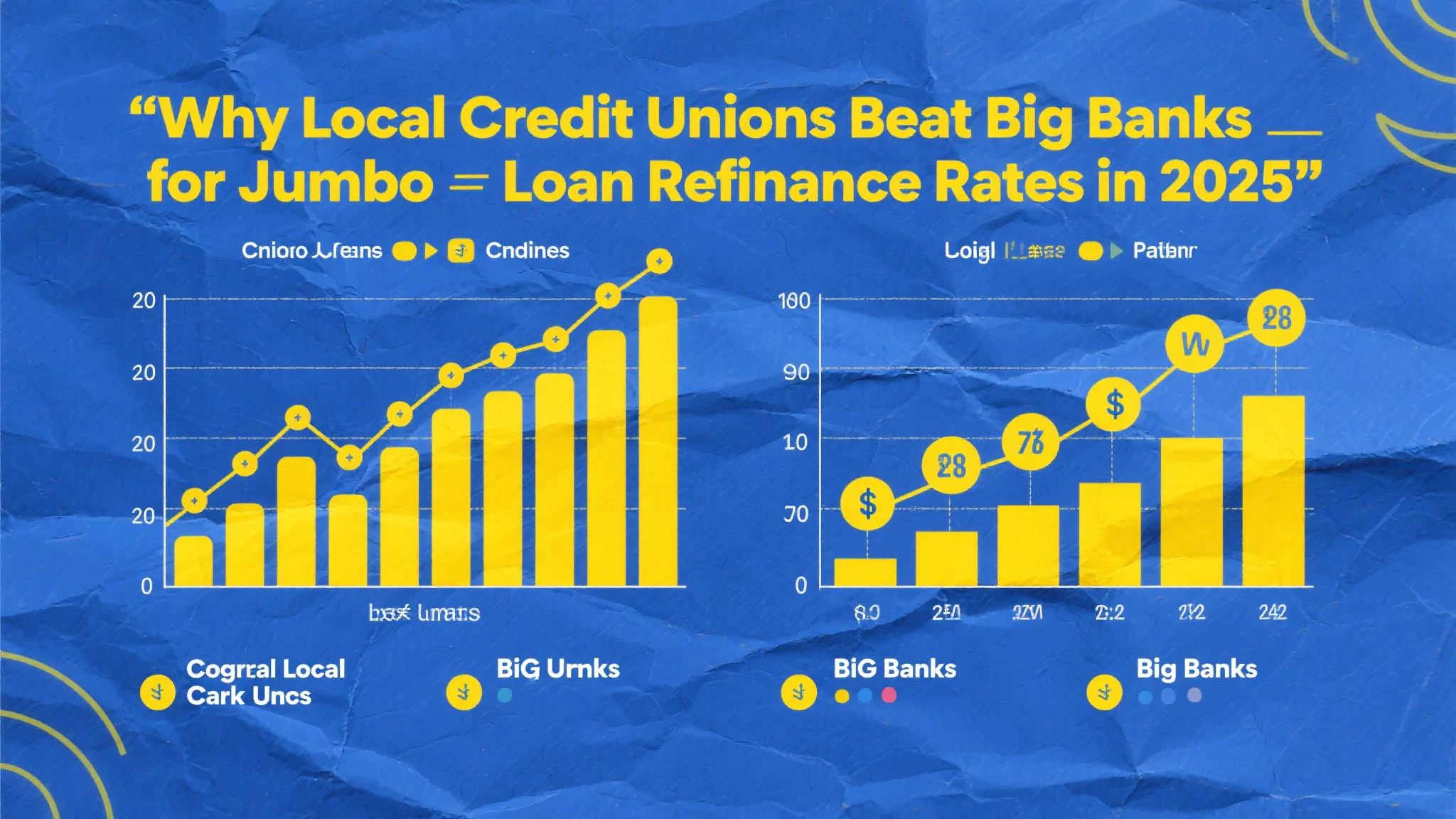The relationship between rising home equity and refinancing opportunities represents one of the most significant financial advantages homeowners can leverage in today’s dynamic real estate market. As property values continue to appreciate across many regions, homeowners find themselves in increasingly favorable positions to explore home equity refinance options that were previously unavailable or less attractive. This enhanced equity position fundamentally transforms the refinancing landscape, opening doors to lower interest rates, reduced monthly payments, and substantial long-term savings. Understanding how to capitalize on these opportunities requires a comprehensive grasp of the mechanics behind equity-based refinancing and the strategic timing necessary to maximize financial benefits.
The Mechanics of Equity-Driven Refinancing Advantages
When home values rise substantially, the increased equity creates a powerful foundation for securing more favorable refinancing terms. Lenders view higher equity positions as reduced risk, which directly translates into better interest rates and more flexible loan terms for borrowers. The loan-to-value ratio becomes the critical metric in this equation, as lower ratios unlock premium pricing tiers that can save homeowners thousands of dollars annually. For instance, borrowers who previously held 85% loan-to-value ratios might find themselves at 70% or lower after significant appreciation, moving them into rate categories typically reserved for the most creditworthy applicants. This shift can result in interest rate reductions of 0.25% to 0.75%, depending on market conditions and lender pricing structures.
The impact of improved equity positions extends beyond simple rate reductions to encompass the elimination of private mortgage insurance requirements, which can save borrowers hundreds of dollars monthly. When equity reaches 20% or higher, most conventional loans allow for PMI removal, creating immediate cash flow improvements that compound over time. Additionally, higher equity positions enable access to cash-out refinancing options that weren’t previously available, allowing homeowners to tap into their property’s appreciation for home improvements, debt consolidation, or investment opportunities. These home equity refinance options become particularly attractive when the borrowed funds can be deployed at higher returns than the mortgage interest rate, creating positive arbitrage opportunities.
The timing of equity-driven refinancing decisions requires careful consideration of market cycles and personal financial circumstances. Rising home values create windows of opportunity that may not remain open indefinitely, making it crucial for homeowners to monitor their equity positions regularly and act when conditions align favorably. The refinancing process itself can take 30 to 45 days, during which market conditions may shift, emphasizing the importance of rate locks and strategic timing. Homeowners should also consider the cumulative effect of multiple refinancing transactions, as each transaction involves costs that must be weighed against long-term savings potential.
Market dynamics play a crucial role in determining the optimal timing for equity-based refinancing. In rapidly appreciating markets, homeowners may benefit from waiting for additional equity accumulation, while in stabilizing markets, immediate action might be more prudent. The relationship between local market conditions and national interest rate trends creates complex decision matrices that require careful analysis. Professional appraisals become essential tools in this process, providing accurate equity assessments that form the foundation for refinancing decisions. Many lenders now offer automated valuation models that can provide preliminary equity estimates, though formal appraisals remain necessary for final loan approval.
Maximizing Interest Savings Through Strategic Equity Utilization
The potential for refinance interest savings increases exponentially when homeowners strategically leverage their accumulated equity. The mathematics of compound interest work powerfully in favor of borrowers who can secure even modest rate reductions on large loan balances. A homeowner with a $400,000 mortgage balance who reduces their interest rate by 0.5% through equity-driven refinancing can save approximately $2,000 annually, or $60,000 over the life of a 30-year loan. These savings become even more substantial when considering the opportunity cost of the monthly payment reductions, which can be invested or used to accelerate debt payoff strategies.
The strategic use of cash-out refinancing options enabled by increased equity can create multiple layers of financial benefit. Homeowners might extract equity to pay off higher-interest debt, such as credit cards or personal loans, effectively arbitraging the difference between mortgage rates and consumer debt rates. This debt consolidation strategy can improve overall financial health while simplifying monthly payment obligations. Additionally, extracted equity can fund home improvements that further increase property value, creating a positive feedback loop of appreciation and equity growth. The key lies in ensuring that any cash extracted is deployed productively rather than consumed, maintaining the long-term financial benefits of the refinancing transaction.
Advanced refinancing strategies involve considering the tax implications of different equity utilization approaches. Mortgage interest remains deductible for most homeowners, making the effective cost of borrowing lower than the stated interest rate. When equity is extracted for qualifying home improvements, the interest on those funds typically remains deductible, preserving the tax advantages while accessing capital for value-enhancing projects. However, cash extracted for other purposes may not qualify for interest deductions, affecting the true cost of the borrowed funds. Professional tax advice becomes valuable when structuring large equity extraction transactions to optimize both immediate cash flow and long-term tax efficiency.
The relationship between equity levels and available loan products creates opportunities for homeowners to access specialized financing options. Jumbo loan thresholds, which vary by geographic region, can be navigated more effectively when substantial equity reduces the loan amount needed. Similarly, portfolio lenders and credit unions often offer preferential rates for high-equity borrowers, creating opportunities for savings beyond traditional mortgage markets. The competitive landscape among lenders intensifies for high-equity borrowers, as these loans represent lower risk and higher profitability, giving borrowers increased negotiating power in rate and fee discussions.
Selecting the Best Lenders for Equity-Based Refinancing Success
Identifying the best home equity lenders requires a comprehensive evaluation process that goes beyond simple rate comparisons. The most effective lenders for equity-driven refinancing combine competitive pricing with operational efficiency and specialized expertise in high-equity transactions. These lenders understand the unique opportunities and challenges associated with substantial equity positions and can structure loans to maximize borrower benefits. The evaluation process should encompass rate offerings, fee structures, processing timelines, and the lender’s ability to handle complex transactions that may involve significant cash extraction or unique property characteristics.
Credit unions and community banks often emerge as particularly attractive options for high-equity refinancing due to their relationship-based approach and portfolio lending capabilities. These institutions may offer rates and terms that aren’t available through traditional mortgage brokers or large national lenders. Their decision-making processes often allow for more flexibility in underwriting, which can be valuable when dealing with unique properties or complex financial situations. Additionally, the long-term relationship potential with these institutions can provide ongoing benefits beyond the initial refinancing transaction, including preferential treatment for future lending needs and access to other financial products.

Online lenders have revolutionized the refinancing landscape by offering streamlined processes and competitive rates, particularly for straightforward high-equity transactions. These platforms excel in efficiency and often provide transparent pricing that allows for easy comparison shopping. However, the digital-first approach may lack the personalized service necessary for complex equity extraction strategies or unique property situations. The key lies in matching the lender’s strengths with the specific requirements of the refinancing transaction, whether that involves speed, personal service, specialized products, or competitive pricing.
The due diligence process for selecting equity-focused lenders should include verification of licensing, regulatory compliance, and financial stability. Recent market volatility has highlighted the importance of working with well-capitalized lenders who can complete transactions even when market conditions shift rapidly. Customer reviews and industry ratings provide valuable insights into the lender’s operational capabilities and customer service quality. Additionally, the lender’s experience with the specific type of equity transaction being considered – whether cash-out refinancing, rate-and-term refinancing, or specialized products – should factor heavily into the selection process.
Negotiation strategies become particularly important when working with equity-focused lenders, as high-equity borrowers represent attractive customers that lenders actively compete to acquire. This competitive dynamic creates opportunities for rate negotiations, fee reductions, and enhanced service levels. Borrowers should obtain multiple quotes and use them as leverage in negotiations, while also considering the total cost of the transaction rather than focusing solely on interest rates. The relationship between closing costs, interest rates, and long-term savings requires careful analysis to identify the most beneficial overall package. Professional mortgage brokers can be valuable allies in this process, as they have established relationships with multiple lenders and understand the nuances of equity-based refinancing negotiations.
The integration of technology in the lending process has created new opportunities for efficiency and transparency in equity-based refinancing. Digital platforms that provide real-time rate quotes, automated underwriting decisions, and streamlined documentation processes can significantly reduce the time and complexity associated with refinancing transactions. However, the human element remains crucial for complex transactions that require nuanced decision-making or creative structuring. The most successful refinancing experiences often combine technological efficiency with expert human guidance, creating a hybrid approach that maximizes both speed and customization. As the lending landscape continues to evolve, homeowners who understand how to leverage their equity positions while navigating the increasingly sophisticated array of lender options will be best positioned to achieve optimal refinance interest savings and long-term financial success.



